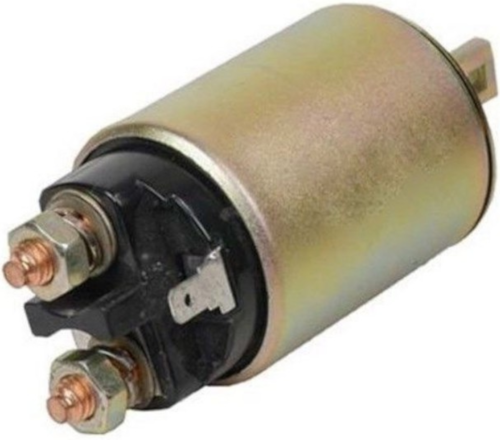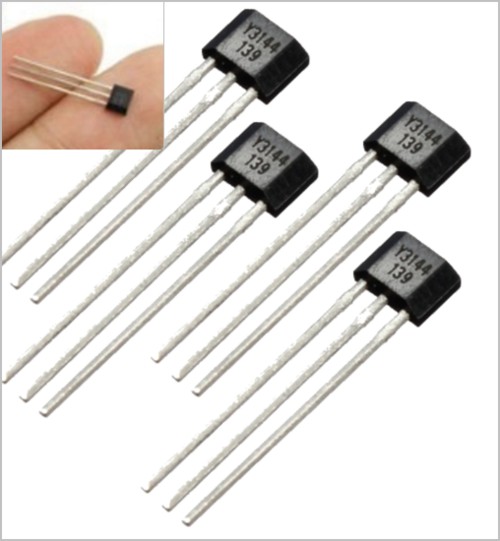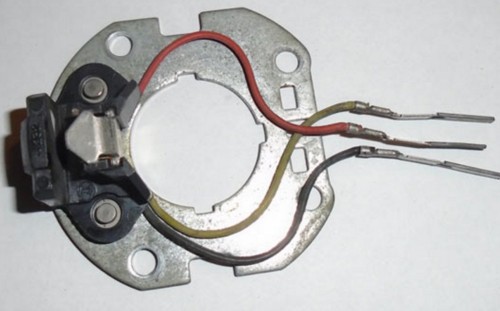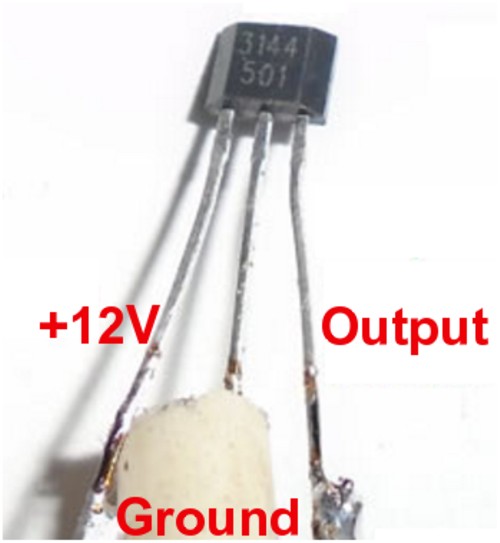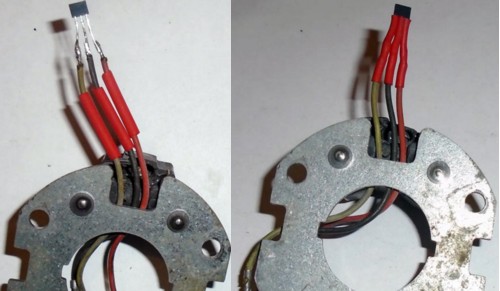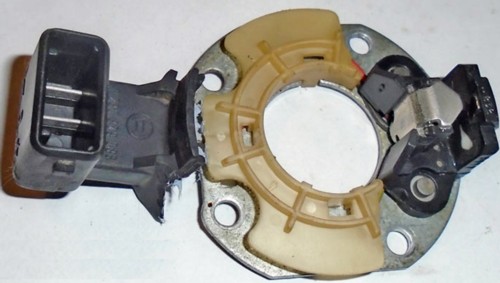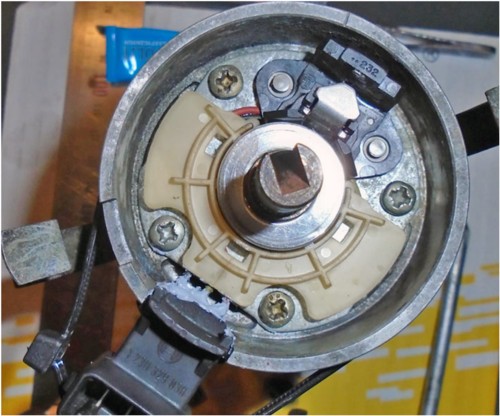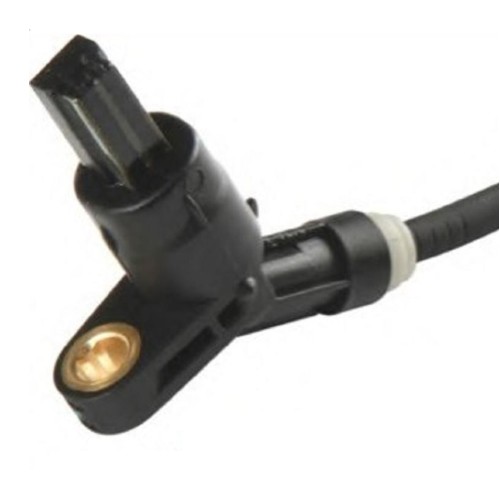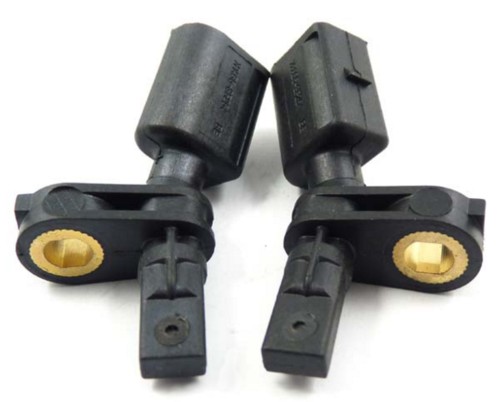EPC Issues
EPC complaints have become the most common Volkswagen fault and outstrips check-engine-light three to one. It is one of the most tiresome and frustrating faults to diagnose and repair because the only way of knowing that your most recent repair cured your EPC problem, is when it does't occur in the same situation under the same conditions thereafter. Mechanisms generally refer to Electronic Power Control (EPC) faults as evil, a waste of time and the cause of embarrassment.Many disillusioned VW car owners can confirm that they've taken their vehicle to at least 2 different workshops to fix their respective EPC light problem. Often wanting a refund from the first workshop as they didn't fix the EPC issue, but only said they did. It's also known fact that tons of spare parts suspected of causing EPC have been replaced that didn't need replacing in the first place. Trial and error EPC repair seems to be the order of the day among motor mechanics. Even the agents are guilty of this and VW car owners are generally fed-up of mechanical and electronic competence. Many car owners and DIY mechanics are longing for the days when cars had a lot less electronics, were easier to diagnose and repair and one didn't need a degree in automotive engineering to replace something as meager as a MAF sensor. The word EPC among many others, is just one of the mechanical jargon that has come to invade the car industry. There are so many; to list just a few. Several of them capable of throwing an EPC light.
AIR: Air Injection System
ACC: Adaptive Cruise Control
ABS: Antilock Braking System
AWD: All-Wheel Drive
BHP: Brake Horsepower
CEL: Check Engine Light
CO2: Carbon Dioxide
CKP: Crankshaft Position Sensor
DLC: Data Link Connector
DDI: Direct Diesel Injection
DPF: Diesel Particulate Filter
DRL: Daytime Running Lights
DTC: Diagnostic Trouble Codes
DSG: Direct-Shift Gearbox
ECT: Engine Coolant Temperature
ECU: Electronic Control Unit
EGR: Exhaust Gas Recirculation
EPA: Environmental Protection Agency
ESC: Electronic Stability Control
ESP: Electronic Stability Program
FSH: Full Service History
FWD: Front Wheel Drive
IAT: Intake Air Temperature
KPH: Kilometres Per Hour
LED: Light Emitting Diode
LSD: Limited Slip Differential
LPG: Liquid Petroleum Gas
LWB: Long Wheelbase
MAF : Mass Air Flow (sensor)
MAP: Manifold Absolute Pressure
MIL: Malfunction Indicator Light
MPV: Multi-Purpose Vehicle
OBD: On-board Diagnostics
PCM: Powertrain Control Module
RPM: Revolutions Per Minute
RWD: Rear Wheel Drive
SUV: Sport Utility Vehicle
TDC: Top Dead Center
TCS: Traction Control System
TCU: Transmission Control Unit
TPS: Throttle Position Sensor
VCM: Vehicle Communications Module
VIN: Vehicle Identification Number
VRM: Vehicle Registration Mark
WOT: Wide Open Throttle
The letters EPC in the automotive sector initially meant Electronic Parts Catalogue. Recording every conceivable component used in the manufacture of that car, listed in alphanumeric order. Some EPC are exclusively online versions, or downloadable as pdf. Some cover specific cars and others cover several makes of cars and is normally free, whereas the more elaborate EPCs with specialist automotive service data is charged for per search or as a monthly subscription.
For example, the ETK 2018 EPC is specific to BMW, Rolls Royce, Mini and the Chinese Zinoro which is the luxury automobile brand owned by BMW Brilliance specializing in electric vehicles. ETK comes at an exorbitant price, in either downloadable or CD/DVD form. The Volkswagen ETKA online / ELSAWIN EPC is specific to Volkswagen, Audi, Seat and Skoda and spans 6 CDs and is also fairly expensive. It is an encyclopediac like compendium covering VW, Audi, Seat and Skoda vehicles manufactured between 1947 and 2018 in varying degrees of detail.
It also includes the actual service & repair software used by factory technicians at Volkswagen, Audi, Seat, Skoda and their dealer workshops throughout the world. As such it would be in indispensable resource for the Volkswagen enthusiast but is also overkill for most. However most modern day cars have an EPC circuit which essentially deals with the torque of the vehicle. Using one of these catalogues and its diagnostic diagrams to identify these components and problems is one of the easiest ways of fixing EPC problems. To fix your EPC problem, click here, here or here.
For example, the ETK 2018 EPC is specific to BMW, Rolls Royce, Mini and the Chinese Zinoro which is the luxury automobile brand owned by BMW Brilliance specializing in electric vehicles. ETK comes at an exorbitant price, in either downloadable or CD/DVD form. The Volkswagen ETKA online / ELSAWIN EPC is specific to Volkswagen, Audi, Seat and Skoda and spans 6 CDs and is also fairly expensive. It is an encyclopediac like compendium covering VW, Audi, Seat and Skoda vehicles manufactured between 1947 and 2018 in varying degrees of detail.
It also includes the actual service & repair software used by factory technicians at Volkswagen, Audi, Seat, Skoda and their dealer workshops throughout the world. As such it would be in indispensable resource for the Volkswagen enthusiast but is also overkill for most. However most modern day cars have an EPC circuit which essentially deals with the torque of the vehicle. Using one of these catalogues and its diagnostic diagrams to identify these components and problems is one of the easiest ways of fixing EPC problems. To fix your EPC problem, click here, here or here.
_________________________________________________
EPC light came on and can't start the engine, / EPC warning symbol came on today while driving, / VW Polo EPC Warning Light came on and lost power. / Can I drive with EPC light on? / VW Polo no Throttle and EPC light on, / What causes the EPC light to come on? / What does EPC mean on the dashboard? / What is an EPC light? / What is limp mode, / What is limp-mode home?, / What is the VW EPC Warning Light, / What is EPC on a Volkswagen? / What does the EPC light mean on a VW, / What does the EPC Warning Light on my dashboard mean, / What does it mean if the EPC warning light comes on in a Volkswagen, / How to Fix EPC Light on a VW, / What is an EPC light on Volkswagen?, / What Is the VW EPC Warning Light? / What does it mean if the EPC warning light comes on in a Volkswagen? / What does an EPC light on the dash of a Polo car mean?



